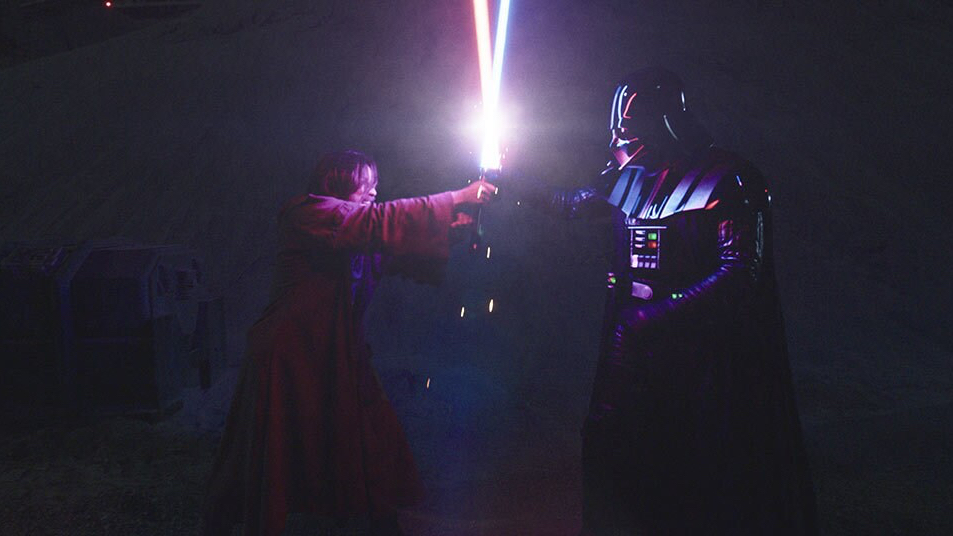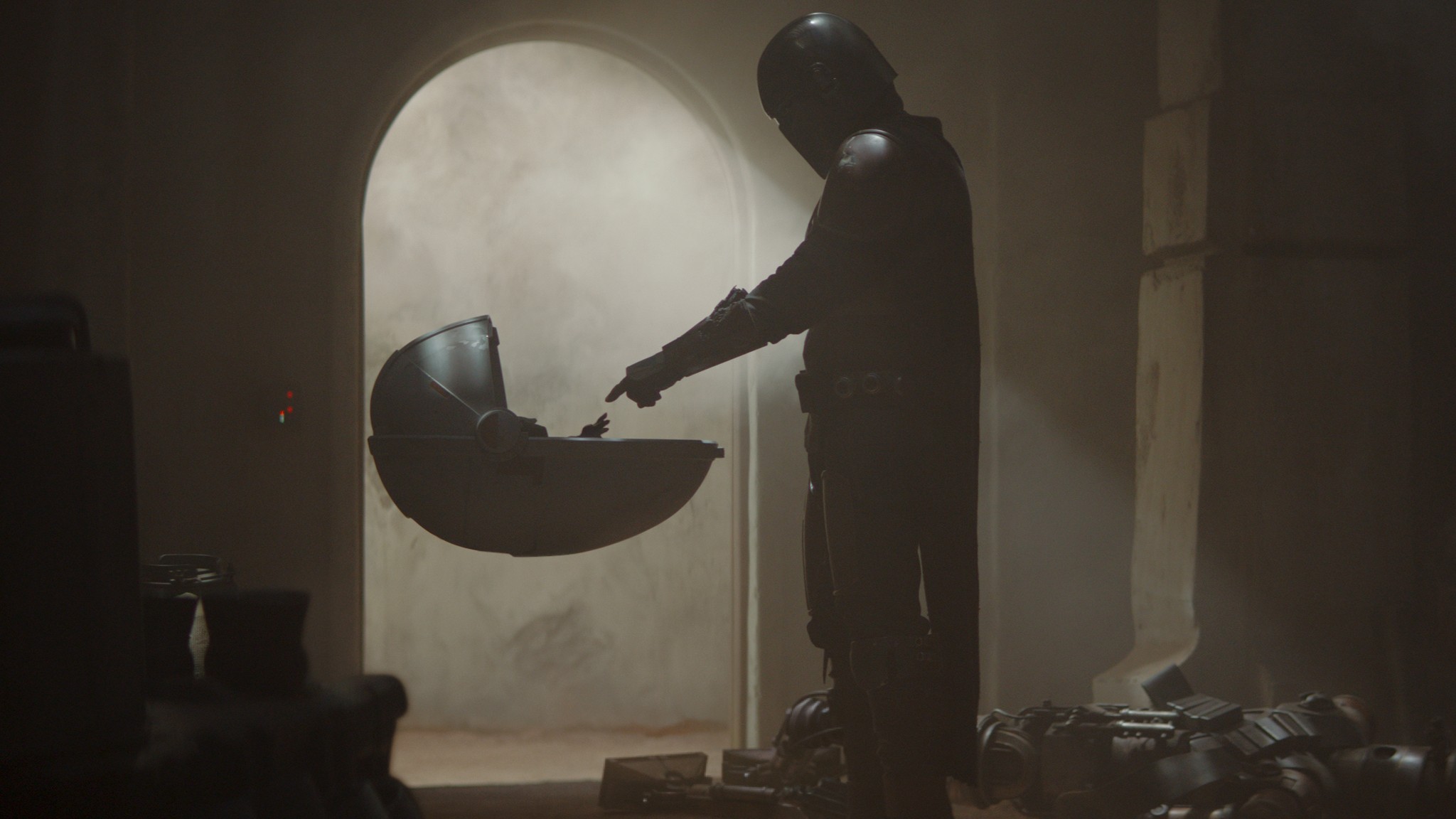
The Star Wars story has always been known for its big, successful movies, starting with Star Wars: A New Hope in 1977. However, in the last twenty years, television has become a surprising way to add to the Star Wars universe. Shows on Disney+ are especially good because they allow characters to develop over time, explore the political sides of both the Empire and the Rebellion with detail, and truly explain the mystical Force. These shows have moved beyond simple action-adventure or just pleasing fans; instead, they offer complex stories that make viewers consider difficult questions about right and wrong, the impact of war, and the weight of fate.
These shows are sophisticated and imaginative, allowing the creators more flexibility than they’d have with a typical movie. This freedom lets them connect with fans on a meaningful level and expand the story in a memorable way.
10) Exploration of the Brutal Fallout of Order 66

Unlike the quick scene in Star Wars: Revenge of the Sith, the way television and streaming shows are structured allowed viewers to fully experience the immediate and devastating consequences of Order 66 from many different angles. Star Wars: The Clone Wars built up the sense of betrayal over several seasons, and the final season dramatically showed the chaos and impact of Order 66, especially through the eyes of Ahsoka Tano as she struggled to survive. Star Wars: The Bad Batch explored the confusing and frightening shift from the Republic to the Empire, and the uncertain fate of the clone troopers who were created to fight in the Clone Wars but were no longer needed.
The series Rebels begins five years before the events of A New Hope, showing how the few remaining Jedi struggled after the fall of the Republic and how the early rebellion started. We meet Kanan Jarrus, a young Jedi Padawan who lived through Order 66, the brutal purge of the Jedi. He watched in horror as his clone trooper allies turned on him and his master, who sacrificed themselves to save him. The show explores Kanan’s deep guilt and his hesitation to embrace the Jedi path again, highlighting the devastating impact of the massacre, especially on young trainees. By telling these stories gradually across several shows, the series offered a powerful, emotional, and complete picture of this dark period in galactic history.
9) Returning to Practical Effects vs. CGI

Disney+’s first big hit in the Star Wars universe was The Mandalorian. Starring Pedro Pascal, the show quickly captured the same gritty, realistic feel as the original Star Wars films, before heavy reliance on computer-generated effects became common. The series used real sets, props, and a remarkably detailed puppet of the character Grogu to create a sense of authenticity and emotional connection that can be difficult to achieve with CGI alone.
The Mandalorian prioritized a realistic and authentic feel, which gave the show a sense of weight and believability. By using detailed costumes and sets, combined with innovative LED screen technology for backgrounds, the show created a visual style that both honored the original Star Wars films and advanced filmmaking technology.
8) The Expanded Character Building in Tales of the Jedi

This anthology series was a brilliant example of concise storytelling, expertly using six episodes to reveal key moments in characters’ lives and explore important conflicts. Though the anthology has expanded with series like Tales of the Empire and Tales of the Underworld, this original series remains exceptional. By alternating between three stories about Ahsoka Tano and three about Count Dooku, it provided valuable insight into their development—including how Count Dooku turned to the dark side and Ahsoka’s earliest childhood and her survival after Order 66, thanks to Anakin’s training.
Instead of following many characters and storylines at once, Tales of the Jedi zoomed in on key moments in the lives of individual characters, letting us really get to know them. The show helped viewers understand why Dooku became disillusioned with the Jedi and why he made the choices he did, and it highlighted Ahsoka’s inner strength – a core part of her character. In just a few short episodes, Tales of the Jedi added depth and emotional weight to the prequel era of the Star Wars saga.
7) Introducing the Inquisitors in Star Wars Rebels

The Inquisitors were a frightening and efficient group of villains who emerged between the Clone Wars and the rise of Darth Vader. They served as the primary enemies for the crew of the Ghost in Star Wars Rebels, especially Kanan Jarrus and his Padawan, Ezra Bridger. Their sole mission – to hunt down and eliminate any surviving Jedi or those strong with the Force – created a constant sense of danger for the Ghost crew and all remaining Jedi throughout the galaxy, offering a threat that didn’t always require the presence of Darth Vader.
The series delved deeper into the Empire, revealing a hidden, merciless organization dedicated to hunting down those who opposed it, and exposing the dark side of a government that claimed to be rescuing the Republic. The Inquisitors, with their unique lightsabers and specialized skills, were a visually striking addition that elevated the action and showcased a previously unexplored aspect of Imperial power. Later, the Darth Vader comic series by Charles Soule provided crucial backstory, adding layers of complexity to the Inquisitors and their origins, after their initial appearance in Rebels.
6) The First Confrontation Between Darth Vader and Obi-Wan After Mustafar in Star Wars: Obi-Wan Kenobi

The recent Obi-Wan Kenobi series presented a rematch between the two former friends that was even more emotionally powerful than the tragic finale of Revenge of the Sith. The series powerfully showed Obi-Wan grappling with his guilt over failing to save Anakin, while Vader expressed a deep, simmering rage stemming from their decade apart.
The second duel felt completely different for Obi-Wan. He wasn’t focused on winning, but on his failure to protect the person he loved most. When Vader’s mask cracked – a moment mirroring the intense 2016 battle between Ahsoka and Vader in the Rebels Season 2 finale – Obi-Wan briefly saw the real Anakin Skywalker. It was a painful reminder of their shattered relationship and how it could never be repaired.
5) The Essential Lore Established in Star Wars Rebels

The series Rebels significantly broadened the scope of the Star Wars universe, both in terms of its lore and its political landscape, making it a truly pivotal part of the franchise. It unveiled the World Between Worlds, a mystical dimension that revealed the Force isn’t bound by time in a traditional way, fundamentally altering how viewers understood its power.
Grand Admiral Thrawn, a character originally created by Timothy Zahn in his popular Legends novels, brought a new level of smarts and military skill to the villains of the Star Wars galaxy. Unlike the Jedi or Sith, Thrawn didn’t use the Force or rely on deception – he was simply a brilliant tactician, making him one of the most dangerous enemies in Star Wars history. His introduction deepened the franchise’s story and strategic complexity, and his impact from the Rebels series is now being felt in the current live-action shows.
4) The Intricacies of the Force in Star Wars: Ahsoka

The reunion between Anakin and Ahsoka in Star Wars: Ahsoka Season 1, Episode 5, “Shadow Warrior,” was deeply moving for Ahsoka and marked a significant moment in her personal growth as a Jedi. Through a Force-induced journey into her past during the Clone Wars, with Anakin appearing as a guide, she was able to confront her childhood trauma, process her guilt, and come to terms with the tragic fate of her former master.
Though first appearing in the animated series Star Wars Rebels, the World Between Worlds was brought to a wider audience in live-action with the show Ahsoka. This mystical realm within the Force is rare and difficult to reach, but it allowed Ahsoka to understand a painful truth: Anakin Skywalker had passed away long ago, and she wasn’t to blame for Darth Vader’s emergence. This understanding finally brought her peace and allowed her to embrace her destiny as a Jedi Master, fulfilling what Anakin would have hoped for his student.
3) The Mandalorian’s Western Theme

The Mandalorian cleverly used elements of classic Westerns, making each episode feel like a journey into the Wild West rather than a typical space adventure. By centering the story on Pedro Pascal’s mysterious bounty hunter, Din Djarin, and his adorable companion, Grogu, the show captured the feeling of a lone hero venturing into uncharted territory.
The show’s simple style kept the focus on core themes like survival, loyalty, and personal honor – much like a classic Western. Its episode-by-episode format allowed for rich world-building and introduced compelling, tough characters that echoed familiar Western tropes, such as the villainous Moff Gideon, and steered the show away from overly complex space battles and politics.
2) The Clone Wars Expanded Character Development

The Star Wars: The Clone Wars animated series allowed characters like Anakin Skywalker and Obi-Wan Kenobi to develop much more fully than they did in the prequel movies. The series especially gave Anakin a chance to show his true personality, highlighting his bravery, sense of humor, skill as a leader, and strong bond with his apprentice. It moved beyond the films’ portrayal of him as simply a tragic figure destined for a dark fate, and revealed a more complex and relatable character.
The series offered a compelling and nuanced look at Anakin Skywalker, making his turn to the dark side deeply tragic and relatable. It portrayed him as a man with profound love for his mentor, student, and wife, and someone who consistently acted according to his own conscience, even when it clashed with the strict Jedi rules. Furthermore, the show carefully developed the relationships between the Jedi and the clone troopers, which powerfully emphasized the emotional impact of Order 66 and the troopers’ dawning awareness that they were simply tools in a larger, uncaring conflict.
1) Andor’s Mature Tone

The series Andor was truly exceptional, exploring mature themes and a realistic tone that Disney and Lucasfilm hadn’t attempted before in the Star Wars universe. It delivered a remarkable story, widely considered the best Star Wars has to offer. Andor focused on the character Cassian Andor, presenting him in a tense, realistic, and politically charged thriller unlike any previous Star Wars project. It moved away from traditional fantasy elements, opting for a dark, spy-focused narrative that highlighted the difficult choices and sacrifices needed to start a real rebellion.
As a lifelong Star Wars fan, I was completely blown away by Luthen Rael. He’s this incredibly complex character who does terrible things – sending good people to die, even sacrificing innocents – all in the name of fighting the Empire. But that’s what made it so powerful! It felt real. The show didn’t shy away from the messy, difficult choices rebellion demands, and that gave the characters a depth we haven’t often seen in Star Wars. It’s a mature take on what it means to be a hero, and honestly, it’s some of the best Star Wars storytelling I’ve ever experienced – a definite must-see for any fan.
What do you think? Leave a comment below and join the conversation now in the ComicBook Forum!
Read More
- BTC PREDICTION. BTC cryptocurrency
- One of Razer’s top gaming headsets — now over 40% off on Amazon
- Dark Auction launches January 29, 2026
- Yakuza Maker’s Next PS5 Game Gets a Brief Behind-the-Scenes Video
- Square Enix Invests in Nuuvem to Launch spawnd, a New Browser-Native Game Discovery Platform
- AKIBA LOST main visual, leading cast members revealed
- Claim This Free PS5 Game in PS Store Cock Up
- ‘Back to the Future’ Returning to Theaters For 40th Anniversary
- Assassin’s Creed Shadows’ Claws of Awaji Expansion Has Arrived on PS5
- Why Scheana Shay Kept Husband Brock Davies’ Affair a Secret
2025-11-10 03:12